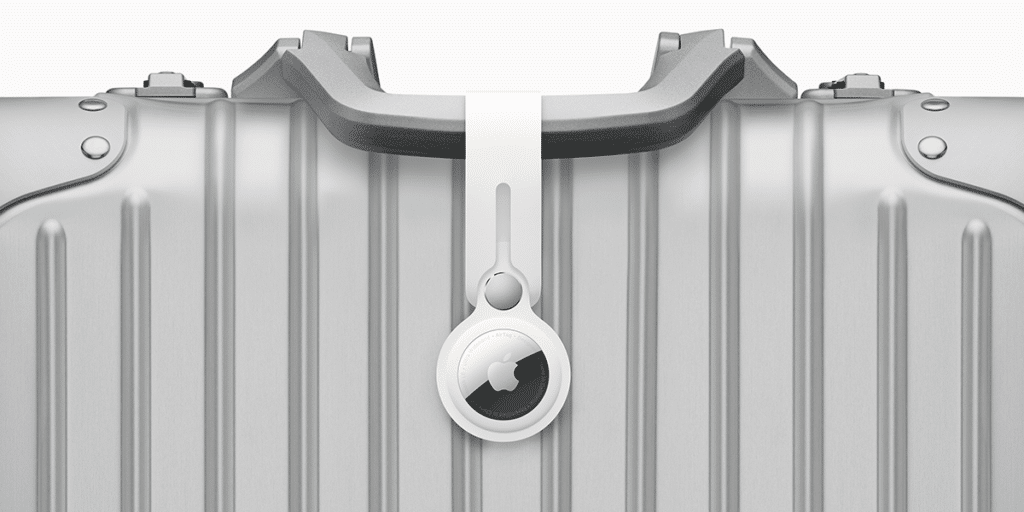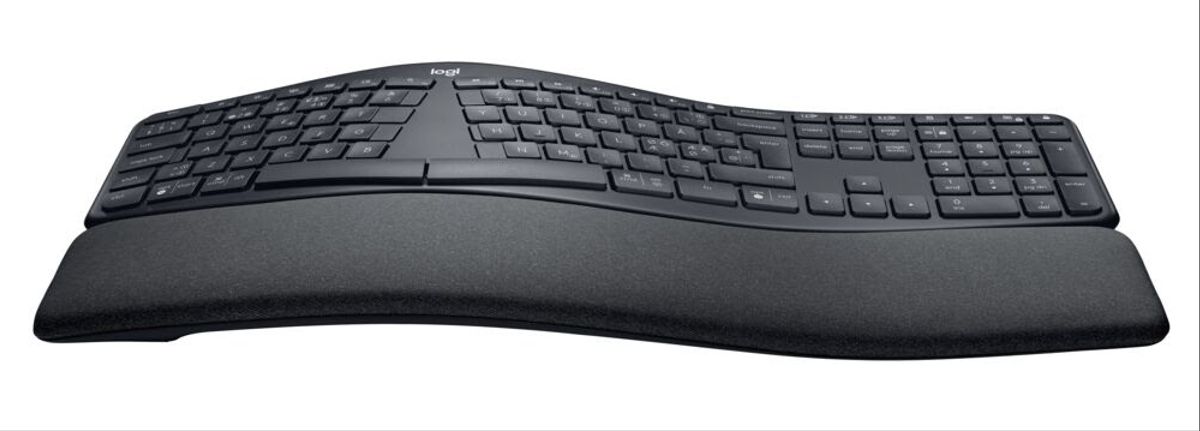AirTags: this is how Apple’s invention of 35 euros works to find your keys or wallet
We have tested AirTags, Apple’s smart badge so you don’t lose your most important items, from your purse to your keys
This week’s Apple event has released several novelties, but one of the most anticipated is undoubtedly the AirTags, small button-shaped locators that can be added to all kinds of objects to find them using the Search app on the iPhone.
The AirTags work with the Bluetooth LE range (about 20 or 50 meters depending on the location) and if the phone has the U1 chip (present in the last two generations of iPhone) it is not only possible to obtain an approximate location of the object (or ask it to make a sound), but also receive precise instructions on the phone screen on how to find it.
One of the advantages of AirTags is that when these locators are out of reach of our phone, any other iPhone acts as a sensor to find it. As someone passes by, the locator will be able to send its location signal to the owner.
Apple says that thanks to this system, there is a network of more than one billion devices in the world that can act as sensors but, this is important, that figure is only potential. Phones must be updated to version 14.5 of the iOS operating system, which launches this week. At first, the number of “sensors” will be less.
This communication, in any case, is always encrypted and secure. Not even Apple knows what objects are missing or their location. Neither is the phone number of the person who passes near them. The sensors are cryptographically paired with the user’s iCloud account.
Still, there are some safeguards to prevent them from being used as tracking devices. If an AirTag detects that it is in motion for a long time without approaching its owner, it will make a small sound. If you spend too much time, even on the move, near a non-owned iPhone, it will also display a notice on the phone’s screen.
INTERCHANGEABLE BATTERY
Setting up an AirTag is very simple. Apple sells them individually for 35 euros or in a pack of 4 for 119 euros. They can be ordered with icons, emojis or initials on the front, but otherwise they are a white circle the size of a coat button.
Once opened, you just have to remove the practical protector to activate the battery and bring it close to an iPhone to begin the pairing process. Once paired, the AirTag will appear within the Objects tab within the search app.
At any time you can ask it to make a sound to locate it. The sound is sharp and loud enough to be heard indoors when we are in the same room, something more difficult to hear outdoors.
The Precise Search function is perhaps the most surprising because it guides the user very well to the object, both visually and with vibration and sound (important for users with a degree of visual impairment). It’s like having a kind of digital dowsing rod.
In Search you can also activate the “lost object” mode, this allows you to add a message to the AirTag with a telephone number or contact information if you want. In such a way that if someone finds our object and brings his phone closer to him, he will be able to see the information necessary to return it to us.
This mode also allows you to activate the option to block the pairing, to prevent someone from stealing the AirTag and reusing it.
The AirTag is the only Apple device, I think, with a swappable battery. It uses button batteries, which are quite common, although they do not really need to be changed very often. For typical use, a battery has sufficient autonomy for a whole year.
It is important to note that right out of the box it does not include any system to adhere it to a surface or use it as a keychain. Apple sells straps and keychains as accessories and we will likely see cheaper third-party options soon (as has happened with the Apple Watch straps).





